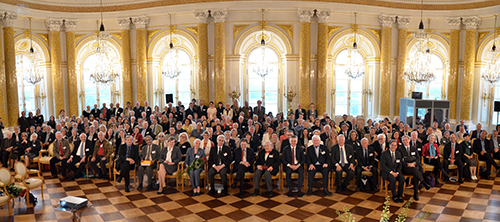History

From the emergence of the concept of World Heritage to the creation of ICOMOS
Until the end of the 19th century, architectural heritage had been a matter of solely national concern, and most of the laws regarding the protection of historic buildings in Europe date back to that period. Countless associations existed in each country, but their scope never went beyond national borders. Cultural internationalism, as we know it today, was an outcome of the First World War, with the creation of the League of Nations, and most of all of the Second World War, with the creation of the United Nations and the establishment of UNESCO.
The Athens Conference (1931) on the restoration of historic buildings, organised by the International Museums Office, and the Athens Charter, drafted by Le Corbusier at the fourth Assembly of the International Congresses on Modern Architecture (1933) and published anonymously in Paris in 1941, both represent a major step in the evolution of ideas because they reflected a growing consciousness among specialists all over the world and introduced the concept of international heritage for the first time in history.
The Venice Charter was born from the need to create an association of conservation and restoration specialists, independent from the already existing association of museologists called ICOM.
In 1957 in Paris, the First Congress of Architects and Specialists of Historic Buildings recommended that the countries lacking a central organisation for the protection of historic buildings provide for the establishment of such an authority and, in the name of UNESCO, that all member states of UNESCO join the International Centre for the Study of the Preservation and Restoration of Cultural Property (ICCROM) based in Rome.
The Second Congress of Architects and Specialists of Historic Buildings, in Venice in 1964, adopted 13 resolutions, the first one being the International Restoration Charter, better known as the Venice Charter, and the second one, put forward by UNESCO, provided for the creation of the International Council on Monuments and Sites (ICOMOS).
To learn more about the history of ICOMOS: Scientific Journal - 30 years of ICOMOSVisit also ICOMOS 50th anniversary webpage